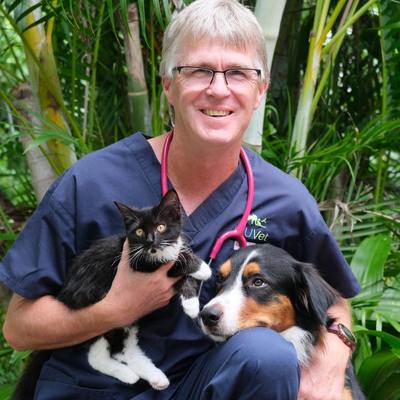Tooth resorptions in dogs are REAL and occur more often than one would suspect. Often, the resorptions are picked up, as incidental radiographic findings, in middle aged to older dogs, although they can be also seen in younger dogs. With the increasing access to dental radiology available to the veterinary clinician, and the routine radiographic screening of dogs for periodontal disease, tooth resorptions are being diagnosed at an increasing rate. This begs the obvious question, are canine tooth resorptions a relatively new condition, or through this increased diagnostic screening, are we now identifying tooth resorptions, that have been always present in dogs, prior to screening? This webinar will go through the clinical and radiographic appearance of tooth resorptions in dogs. A discussion of the different types of canine tooth resorptions will follow, pointing out the differences and similarities between canine and feline tooth resorptions. Finally, an outline of the current thinking in the management of tooth resorptions in dogs will follow.
Lecture Progress
Lecture Content
A new disease: Tooth resorptions in dogs
Dr. Anthony Caiafa
BVSc BDSc MANZCVS Adjunct Associate Professor, School of Veterinary and Biomedical Sciences
-
Lecture marked as incomplete?
In order for the video to be counted as viewed, it must be watched until the very end. If you haven't completed watching 100% of the video and want to ensure that this lecture is recorded on your account, please drag the marker within the video player window to the end of the file. This will allow you to proceed and obtain your certificate.
0
Lectures Completed
0
Lectures In Progress
Certificates Acquired
Reward Points Achieved

